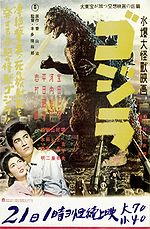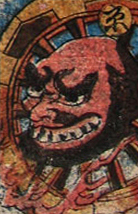Hammer Film Productions Ltd. is a British film production company based in London. Founded in 1934, the company is best known for a series of Gothic horror and fantasy films made from the mid-1950s until the 1970s. Many of these involve classic horror characters such as Baron Victor Frankenstein, Count Dracula, and the Mummy, which Hammer reintroduced to audiences by filming them in vivid colour for the first time. Hammer also produced science fiction, thrillers, film noir and comedies, as well as, in later years, television series.
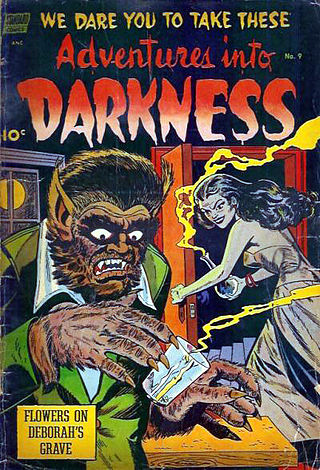
Werewolf fiction denotes the portrayal of werewolves and other shapeshifting therianthropes, in the media of literature, drama, film, games and music. Werewolf literature includes folklore, legend, saga, fairy tales, Gothic and horror fiction, fantasy fiction and poetry. Such stories may be supernatural, symbolic or allegorical. A classic cinematic example of the theme is The Wolf Man (1941) which in later films joins with the Frankenstein Monster and Count Dracula as one of the three famous icons of modern day horror. However, werewolf fiction is an exceptionally diverse genre, with ancient folkloric roots and manifold modern re-interpretations.

Frankenstein's monster or Frankenstein's creature, also commonly known as Frankenstein, is a fictional character who first appeared in Mary Shelley's 1818 novel Frankenstein; or, The Modern Prometheus as the main antagonist. Shelley's title thus compares the monster's creator, Victor Frankenstein, to the mythological character Prometheus, who fashioned humans out of clay and gave them fire.
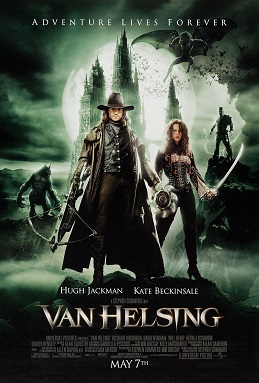
Van Helsing is a 2004 action horror film written and directed by Stephen Sommers. It stars Hugh Jackman as monster hunter Van Helsing and Kate Beckinsale as Anna Valerious. Van Helsing is both an homage and tribute to the Universal Horror Monster films from the 1930s and 1940s, of which Sommers is a fan.
The Adventures of the Bailey School Kids is a supernatural children's book series. The books in the series are co-authored by Marcia T. Jones and Debbie Dadey. John Steven Gurney is the original illustrator of the series and originated the appearance of the characters. During the early 2000s, some of the books were reissued with cover illustrations by Nathan Hale.

Monster Force is a 13-episode animated television series created in April 9, 1994 by Universal Cartoon Studios and Canadian studio Lacewood Productions. The story is set in approximately 2020 and centers on a group of teenagers who, with help of high tech weaponry, fight off against classic Universal Monsters and spiritual beings threatening humanity. Some of the crew have personal vendettas, while others fight for mankind out of a sense of altruism. The series aired in syndication alongside another Universal animated series, Exosquad. Universal Studios Home Entertainment released the first seven episodes to DVD on September 15, 2009.
Vampire hunter or vampire slayer is a fictional occupation in folklore and fiction which specializes in finding vampires, and sometimes other supernatural creatures. A vampire hunter is usually described as having extensive knowledge of vampires and other monstrous or undead creatures, including their powers and weaknesses, and uses this knowledge to effectively combat them.

Vampires are frequently represented in popular culture across various forms of media, including appearances in ballet, films, literature, music, opera, theatre, paintings, and video games.

House of Frankenstein is a 1944 American horror film starring Boris Karloff, Lon Chaney Jr. and John Carradine. Based on a story by Curt Siodmak, it was directed by Erle C. Kenton and produced by Universal Pictures. Based on Curt Siodmak's story The Devil's Brood, the film is about Dr. Gustav Niemann, who escapes from prison and promises to create a new body for his assistant Daniel. Over the course of the film, they encounter Count Dracula, Larry Talbot, the Wolf Man, and Frankenstein's Monster.

House of Dracula is a 1945 American horror film released and distributed by Universal Pictures. Directed by Erle C. Kenton, the film features several Universal Horror properties meeting as they had done in the 1944 film House of Frankenstein. The film is set at the castle home of Dr. Franz Edelmann, who is visited first by Count Dracula and later by Larry Talbot, the Wolf Man, who are trying to cure their vampirism and lycanthropy, respectively. Talbot is eventually cured, which leads him to discover the body of Frankenstein's monster in a cave below the base of the castle. Edelemann takes the monster's body back to his laboratory but finds Count Dracula has awakened and by attacking his assistants, he captures Edelmann and forces a reverse blood transfusion, which gives Edelmann a split personality and makes him a killer.

Commander USA's Groovie Movies is an American movie showcase series that ran weekend afternoons on the USA Network.

Nick Fury's Howling Commandos was an American comic book series published by Marvel Comics. Running six issues before its cancellation and cover-dated December 2005 to May 2006, the series featured a fictional team set in the Marvel Universe, consisting of supernatural characters employed as a unit of the espionage agency S.H.I.E.L.D.

Universal Classic Monsters is a home video line based on a series of horror films primarily produced by Universal Pictures from the 1930s to the 1950s. Although not initially conceived as a franchise, the enduring popularity and legacy of the films and the characters featured in them has led the studio to market them under the collective brand name of Universal Studios Monsters. Steve Jones of USA Today described Universal's most famous monsters as "pop culture icons", specifically Dracula, Frankenstein, the Mummy, and the Wolf Man.

Mary Shelley's 1818 novel Frankenstein; or, The Modern Prometheus, and the famous character of Frankenstein's monster, have influenced popular culture for at least a century. The work has inspired numerous films, television programs, video games and derivative works. The character of the Monster remains one of the most recognized icons in horror fiction.
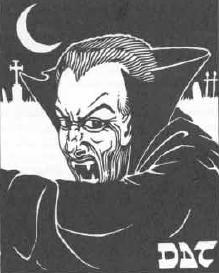
In the Dungeons & Dragons fantasy role-playing game, a vampire is an undead creature. A humanoid or monstrous humanoid creature can become a vampire, and looks as it did in life, with pale skin, haunting red eyes, and a feral cast to its features. A new vampire is created when another vampire drains the life out of a living creature. Its depiction is related to those in the 1930s and 1940s Hollywood Dracula and monster movies. In writing vampires into the game, as with other creatures arising in folklore, the authors had to consider what elements arising in more recent popular culture should be incorporated into their description and characteristics.

Monster literature is a genre of literature that combines good and evil and intends to evoke a sensation of horror and terror in its readers by presenting the evil side in the form of a monster.
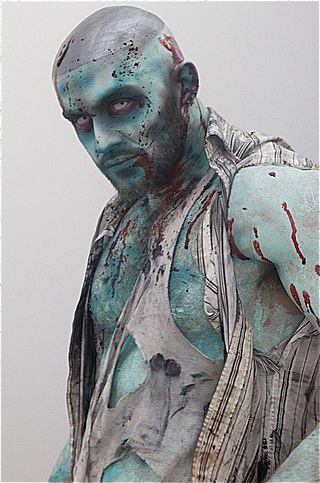
Monster erotica, also referred to as monster porn or cryptozoological erotica is a subgenre of erotic horror that involves sexual encounters between humans and monsters.

Mummies are commonly featured in horror genres as undead creatures wrapped in bandages. Similar undead include skeletons and zombies.
The World of Hammer is a British television documentary series created and written by Robert Sidaway and Ashley Sidaway, and produced by Robert Sidaway.



